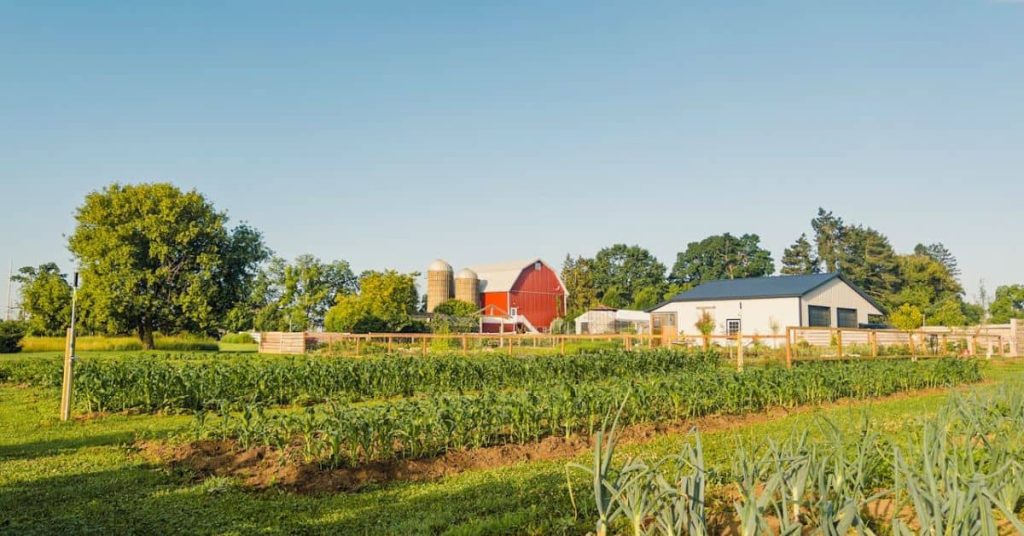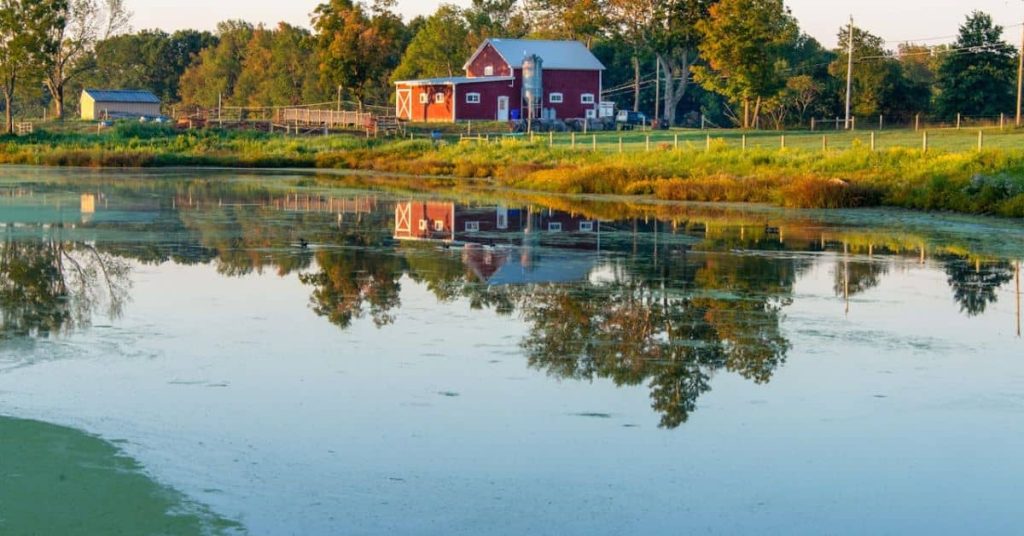Homesteading in Michigan hooked me the morning my maple spiles overflowed faster than coffee. I’d traded Chicago traffic for a six-acre patch outside Cadillac, and that first syrup run made the gamble feel right. Watching amber drips hit the bucket, I realized the state’s fickle spring is more friend than foe.
Since then winters have thrown minus-20 winds and summers roast tomatoes by August, but each season teaches a new trick, stacking firewood like shingles, burying water lines deep, letting hardy hens scratch their own feed. The learning curve is steep, but the payback tastes as sweet as that first pint of syrup.
After 10 winters in Michigan, I can show you how to claim tax breaks, find decent acreage under $3 K an acre, and keep a hoop house humming at 10 °F. Stick around and you’ll leave with a clear, step-by-step plan and the confidence to start your own mitten-shaped homestead.
However, if you’re short on time and need quick answers, jump into the Frequently Asked Questions section.
The Modern Michigan Homesteading Dilemma
Rising land costs, warmer zones, and legal myths challenge new Michigan homesteads, yet smart scouting, climate-savvy crops, and tidy paperwork keep the dream alive.
Rising Land Prices vs. Opportunity
A neighbor’s forty acres in Mecosta County sold last year for twice what I paid in 2015. I winced, then noticed that the quick sale freed capital for the seller’s next, smaller parcel with better soil and a creek. High prices pinch, but they also push us to shop counties nobody is hyping, bid on land contracts, or split a purchase with friends. Homesteading in Michigan still pencils out when you balance sticker shock with hidden value.
2025 Climate & Growing-Zone Shifts
USDA’s 2023 map bumped much of the state from Zone 5b to 6a (planthardiness.ars.usda.gov). Warmer nights add a precious week of frost-free days, enough for sweet potatoes or black-eyed peas. The flip side is flash droughts, so every new bed needs mulch and drip tape. Think “heat tolerant but thirsty” and you will harvest when others replant.
Common Legal Misconceptions Debunked
Forums buzz with worry that you need commercial permits for a hoop house or that the Principal Residence Exemption vanished. Most counties wave through unheated greenhouses under 200 sq ft, and the exemption still cuts taxes if you file within forty-five days of closing. Check local zoning before you listen to rumor.
What worked for me was treating community as capital: five neighbors and I pooled cash for a walk-behind tractor we rotate each weekend. Shared gear slashed start-up costs and forged a support net.
- Track county auction calendars for distressed parcels below market.
- Call zoning before every property visit to dodge hidden setbacks.
- Plant at least one heat-loving staple such as cowpeas for the longer season.
- Budget ten percent of build costs for drought-proofing: cistern, mulch, drip.
- File the Principal Residence Exemption immediately after closing.
- Keep receipts for fences and pumps to prove agricultural use if challenged.
- Join your county MSU Extension group for bulk-buy deals and local advice.
Land prices and climate shifts feel daunting, yet with clear numbers, resilient crops, and neighborly teamwork you can still put down roots that last.
Michigan Homestead Law Guide 2025

File your Principal Residence Exemption within 45 days, know your right-to-farm limits, and keep sales under cottage-food caps to protect your Homesteading in Michigan savings.
Homestead Exemption & Property-Tax Credits (2025 Caps)
The Principal Residence Exemption (PRE) now shields up to $150 000 in home equity from school taxes if you occupy the land by June 1 or November 1, depending on your county. The Michigan Department of Treasury still wants Form 2368 in hand within 45 days of closing (michigan.gov/treasury). A senior or disabled veteran may stack an additional credit, trimming hundreds off the annual bill.
Right-to-Farm Protections & Nuisance Suits
Michigan’s Right to Farm Act lets you raise livestock so long as you follow the Generally Accepted Agricultural Management Practices. Keep records and photos of manure handling. Those logs end most neighbor disputes before they reach the township board.
Cottage-Food & On-Farm Sales Rules
You may sell up to $40 000 a year of baked goods, jams, or pickles from your porch without a license. Label every jar with your name, address, and the statement “Made in a home kitchen that has not been inspected.” It sounds fussy, yet inspectors look for that exact wording.
Zoning, Building-Permit Shortcuts, and PRE Filing Steps
Townships vary. Some waive permits for unheated hoop houses under 200 square feet; others insist on full footings. Call the zoning clerk before you dig. Submitting a simple site sketch saved me two trips to town.
Off-Grid Living Regulations (Well, Septic, Solar)
County health departments approve wells and septic systems. A hand-pump well under four inches often dodges extra fees. Solar arrays usually slide through as “mechanical equipment,” but a ground mount near a lot line may need a variance.
What worked for me was keeping a single binder of stamped permits, soil tests, and PRE receipts. In a nuisance claim last January, I flipped to the exact page and ended the argument in minutes.
- Download Form 2368 and mail it within 45 days of purchase.
- Photograph livestock areas twice a year for right-to-farm proof.
- Stay under the $40 000 cottage-food ceiling or apply for a license.
- Call zoning before erecting any structure, even a shed.
- File septic and water test results where you can find them fast.
- Label cottage-food jars with the required statement and ingredients.
- Review county solar setbacks before ordering panels.
A tidy paper trail and a quick phone call now save long, costly headaches later.
Finding & Buying Your Land in the Mitten

Shop overlooked counties, confirm zoning before bidding, and budget for winter access to secure affordable Michigan homestead land that fits your goals.
Upper vs. Lower Peninsula: Pros & Cons
The Upper Peninsula gifts solitude, cheap timber, and cooler summers, but snowplow bills can top your seed budget. The Lower Peninsula costs more per acre yet sits closer to markets, schools, and hospitals. Decide if quiet or convenience ranks first.
Best Counties & 2025 Price Benchmarks (Per-Acre)
USDA’s 2025 Land Values Report pegs Keweenaw at roughly $2 900 an acre, while Ottawa averages $6 800 (ers.usda.gov). Use those figures as a ceiling, then scout sheriff auctions for lower deals.
Land-Search Tactics & Financing Options
Cash talks, but a land contract with twenty percent down still wins bids. Local credit-union ag loans beat big-bank rates by nearly a point. Ask if the seller will leave machinery or propane in the deal.
Site Due-Diligence Checklist (Soil, Water, Floodplain, Pests)
I once passed on a postcard-perfect parcel when a quick jar soil test showed pure sand. Check flood maps, request a well log from the county, and walk at dusk to spot mosquito heavens.
Closing Costs, Hidden Fees & Winter Access
Title insurance, transfer tax, and a survey add roughly three percent to price. Factor in driveway grading and a plow contract if your lane exceeds two hundred feet.
Site Planning: Access, Fencing, Outbuildings
Sketch gate and barn locations before signing. Moving a culvert later costs more than buying the gate now.
What worked for me was teaming up with two other families to hire a single surveyor, cutting our closing costs by a third.
- Pull county flood maps and soil surveys before your first visit.
- Call zoning to confirm livestock limits and minimum frontage.
- Attend one sheriff sale; practice bids on paper first.
- Ask sellers for existing well and septic permits to save permit fees.
- Include plow or grader costs in your offer calculation.
- Compare credit-union ag loans with land contracts for flexibility.
- Walk the land at dawn and dusk to gauge road noise and wildlife pressure.
A clear checklist and cooperative mindset turn Michigan’s tight market into fertile ground for a lasting homestead.
Essential Systems for Four Seasons
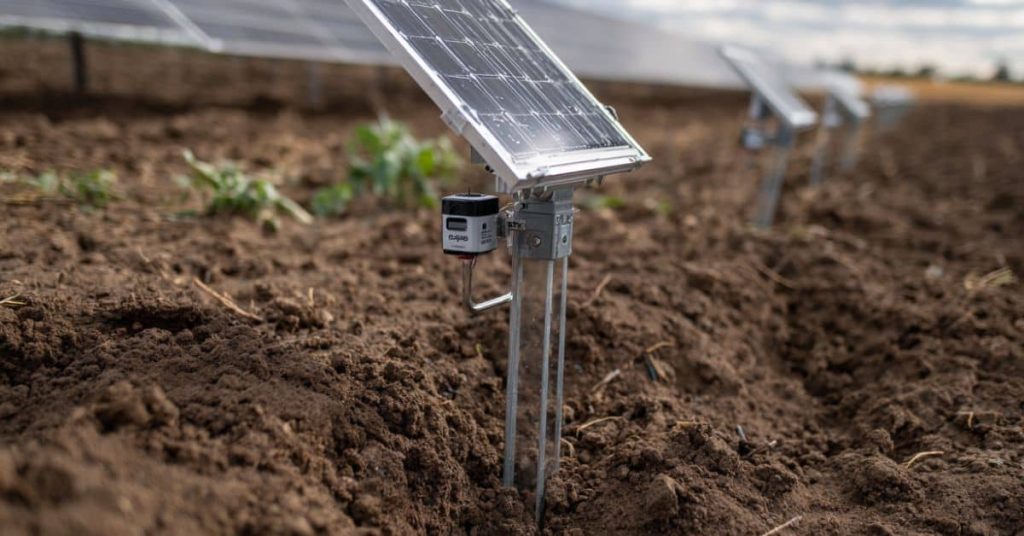
Blend solar panels, wood-gas heat, freeze-proof water, compost toilets, and zone-smart crops to keep a Michigan homestead humming year-round.
Off-Grid Power: Solar + Wood-Gas Hybrid Heater
A 4 kW roof array gives me steady juice from April through October. When snow coats the panels, a small wood-gas heater kicks in, burning cordwood so clean the chimney stays pale. The combo means lights and freezers run even during lake-effect storms.
Water: Wells, Rainwater Catchment, Freeze-Proofing
Our drilled well sits 110 feet deep; a hand pump backs up the submersible. Gutters feed two food-grade tanks under the porch, gravity pushes wash water all summer. Come January, heat tape on the first ten feet of line keeps faucets flowing. The EPA’s household water guidance helped size the system (epa.gov).
Waste: Compost Toilets & Greywater Loops
A urine-diverting toilet drops solids into a vented bin. Finished compost goes to fruit trees after a two-year cure. Sink water travels through a wood-chip trench that empties into willow beds.
Food Production Calendar (Zones 4–6)
I seed spinach in March, transplant tomatoes on Memorial Day, and start fall brassicas the first week of July. Sweet potatoes now finish in Zone 6 pockets along the south wall.
Raising Chickens in a Michigan Winter
What worked for me was lining the coop walls with salvaged foam board and hanging a clear shower curtain over the pop door. Birds stay warm without a heater, and moisture vents out the roof vent.
Winter Greenhouse Growing Tricks
Low-tunnels inside an unheated hoop house bump night temps by 5 °F. That is enough for kale and claytonia to keep pushing new leaves in February.
- Size solar arrays for July load, then add a wood-gas heater for winter.
- Bury water lines below frost and wrap the first ten feet with heat tape.
- Install a urine-diverting toilet to speed composting and cut odors.
- Channel greywater through a mulch basin before fruit trees.
- Follow a zone-specific planting chart: cool crops early, heat lovers later.
- Insulate coops with foam board and vent ceiling moisture.
- Double cover greens with low-tunnels inside the hoop house for winter harvests.
A layered approach turns Michigan’s fierce seasons into a balanced cycle of power, water, and food security for Homesteading in Michigan.
Homestead Budget Breakdown: 2025 Numbers

Plan on $18 000–$26 000 to start a five-acre Michigan homestead, then about $9 500 each year; careful side-income can cover 60 % of those costs.
Startup & Annual Operating Costs: Feed, Fuel, Taxes
Fencing, a used walk-behind tractor, and a modest solar setup still swallow most first-year dollars. In 2025 my own receipts tallied $22 400: $7 800 for fencing, $6 200 for a 3 kW roof array, $3 100 in tools, and the rest in seeds, livestock, and permits. Annual bills now hover near $9 300, half of that is feed and bedding for fifty layers and two pigs, a quarter is winter diesel, and the rest lands in property tax and insurance. The USDA’s latest cost-of-production report pegs mixed-crop feed at $0.34 per pound, a figure that matches my ledger.¹
Income Streams: Cottage Foods, Agritourism, Online Sales
A well-timed Saturday bread booth clears $240 per market, and under the Michigan Cottage Food Law that money stays license-free up to $40 000 a year. Fall farm-stay weekends book solid at $95 a night, while a small Etsy shop moves herbal salves through the winter. Together these three streams cover feed and fuel with a little left for repairs.
What worked for me was setting each income goal against one expense: bread covers chicken feed, farm-stays pay the tax bill, and online sales fund tool upgrades. Linking dollars to needs kept motivation high when sourdough starters fizzled.
Worked Example: 5-Acre Mason County Homestead
- Budget $8 000 for perimeter fence and gates before animals arrive.
- Cap solar at 3 kW ($2.20 / W installed) unless you run freezers year-round.
- Aim for 1–2 primary income streams that match your skills; avoid juggling five.
- Reserve 15 % of gross sales for upkeep and insurance hikes.
- Keep every feed, seed, and fuel receipt; they help prove “active farm” status for tax deductions.
- Revisit prices each January against USDA feed and diesel tables.
- Sink the first windfall into a repair fund so surprise costs never force debt.
Track pennies now and the whole homestead balance sheet will feel lighter by next planting season.
Resource: ¹ USDA Economic Research Service, “Commodity Costs and Returns,” 2025 update
Real Stories From Michigan Homesteaders
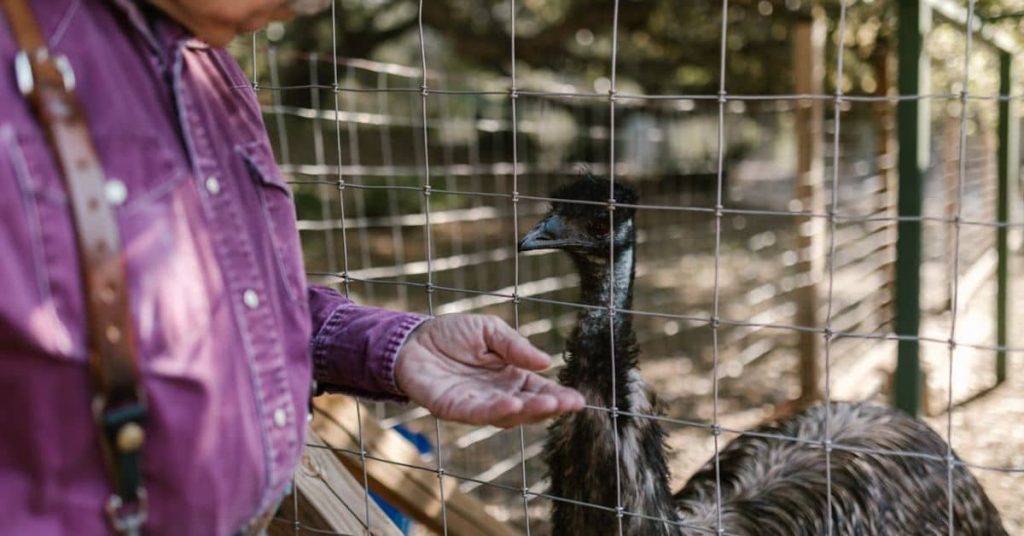
Three real Michigan projects, from cabin rehab to rooftop goats, show that clear goals, shared tools, and local know-how turn homestead dreams into doable plans.
My 2024 Cabin Rehab on Former Claim Land
When I bought a dilapidated 1940s log cabin near Iron River, the roof sagged like a hammock. Salvaged barn tin, a rented planer, and six weekends later I had a weather-tight shell and a fire-safe metal roof. What worked for me was inviting neighbors for a Saturday “shingle pull” in exchange for smoked ribs; the job finished in half the time and friendships stuck.
Solar-Powered Market Garden on 3 Acres in Mason Co.
College friends Quinn and Ray started with sandy soil and a shoestring. They harvested 6 000 kWh a year from a 5 kW ground array and plowed that energy into freezers, drip pumps, and a walk-in cooler. Their summer CSA now feeds forty families, proof that small acreage plus sunshine still cash-flows in Homesteading in Michigan.
Urban Rooftop Goat Experiment in Detroit
Maria leases a flat downtown roof, adds straw bales, and rotates two Nigerian Dwarfs for milk and weed control. City zoning labels the goats “pet livestock,” but she still follows MSU Extension’s urban animal guidelines to keep neighbors happy.
Quick Wins & Hard-Learned Lessons
- Trade labor for tools; Maria borrowed a hammer drill for anchor bolts instead of buying one.
- Lean on county Extension agents for soil tests and animal-health clinics.
- Budget 15 % for the unexpected, Ray’s inverter blew mid-harvest but cash in reserve saved the CSA.
- Document every repair; my cabin binder persuaded the assessor to lower taxes.
- Use crowd days (pizza, ribs, or cider) to finish heavy jobs fast.
- Read city livestock ordinances twice; goats cost less than fines.
- Diversify power: solar for shoulder seasons, wood or propane for deep winter.
Each story shows the same thread: start small, share resources, and keep paperwork tidy. Whether your homestead sits on ten acres of red pine or a Detroit rooftop, community plus clear records keeps the venture resilient.
Frequently Asked Questions (FAQ)
Most Michigan homesteads need a well permit, chickens stay safe to –20 °F if dry, and up to $40 000 cottage-food sales still count as farm income, keep paperwork current to avoid fines.
Do I Need a Permit to Drill a Well?
Almost always yes. Counties issue well and pump permits through the health department, and inspectors want the application filed before the rig rolls in. The form asks for distances from septic fields and property lines, so grab a tape measure first. What worked for me was sketching the layout on graph paper; the clerk approved it on the spot, saving a second trip. A hand pump on a four-inch casing may qualify for a reduced fee, but it still needs a final bacterial test (Michigan EGLE, 2024).
How Cold Is Too Cold for Chickens?
Healthy hens in a draft-free coop tolerate down to –20 °F if they stay dry. I staple clear plastic over the pop door at night to block wind without killing ventilation. Moisture, not cold, causes frostbite. Scatter extra bedding and switch to a wider perch so toes stay covered by feathers.
What Counts as “Farm Sales” Under Cottage-Food Law?
Michigan lets you sell up to $40 000 a year of baked goods, jam, or pickles directly to customers without a license. Label every item with your name, address, ingredients, and the phrase “Made in a home kitchen that has not been inspected.” Online shipping is out; sales must be face-to-face. Once you clear the cap, a wholesale or retail food establishment license kicks in.
Measure well distance from septic and property lines before applying.
File the well permit early to avoid drill-day delays.
Insulate coops but keep roof vents open for moisture escape.
Add extra bedding and a wide roost when temps drop below zero.
Keep chicken waterers thawed with rubber bowl warmers.
Print cottage-food labels that meet state wording and weight rules.
Track gross sales monthly to know when you approach the $40 000 limit.
Solid prep on these three points keeps Homesteading in Michigan running smoothly, letting you focus on gardens instead of paperwork.
Resources & Next Steps

Bookmark state sites, call the MSU Extension hotline, and join a local homesteading group to keep reliable help one click or phone call away.
State Agencies, Official Forms & Helplines
Start with the Michigan Department of Agriculture & Rural Development (MDARD) for permits, grants, and food-safety rules. Their contact page lists direct phone numbers by topic, so you skip the switchboard. For day-to-day how-to questions, I lean on the MSU Extension horticulture hotline, just dial 1-888-678-3464 and a volunteer pulls science-based answers while you’re still in the garden.
Keep copies of Form 2368 (Principal Residence Exemption) and MAEAP verification sheets in a cloud folder; that way they’re handy during tax season or a farm-audit surprise.
Resource: AgriNat Resources
Recommended Michigan Homesteading Communities & Facebook Groups
Knowledge travels faster when you share a fence line, virtual or real. “Michigan Homesteaders” on Facebook trades seed starts every spring, and the Upper Peninsula Off-Grid Forum posts weekly diesel-price alerts. If you prefer face-to-face, county 4-H clubs often welcome adults to monthly skill-shares ranging from grafting to chainsaw safety.
Further Reading, Podcasts & YouTube Channels
The MSU Organic Farmer Training Program blog breaks down soil tests in plain English. “Modern Homesteading Podcast” covers legal changes in under ten minutes a week, and the YouTube channel “Pete’s U.P. Farm” shows real-time fixes for frozen pumps and bear-proof fencing. Download episodes before winter storms; cell service drops when you need advice most.
What worked for me was blocking one “resource hour” every Friday. I file forms, skim Extension bulletins, and message my Facebook group before chores pile up. Consistent check-ins mean no deadline sneaks up on me.
- Bookmark the MDARD contact page and Form 2368 PDF today.
- Add the MSU hotline number to your phone favorites.
- Join one statewide and one county-level Facebook or forum group.
- Subscribe to the Modern Homesteading Podcast; listen while mucking stalls.
- Schedule a weekly “resource hour” for paperwork and learning.
- Back up key permits and soil tests to cloud storage and a USB stick.
- Attend one in-person Extension workshop each season to build local ties.
With these links, numbers, and habits in place, your Homesteading in Michigan journey stays on track even when chores or weather get loud.
Recap: Homesteading in Michigan
Michigan land may cost more than last decade, and snow still drifts waist-high by March, but those hurdles don’t cancel the dream. They just ask for better planning and a good pair of boots. I’ve shown how clear paperwork, climate-smart crops, and a neighborly tool-share can tip the scales in your favor.
The takeaway is simple: if you match your goals to your county’s rules and weather, Homesteading in Michigan is still wide open for families who love dirt under their nails.
Did a zoning clerk surprise you, or did a hoop house save your tomatoes? Drop your story in the comments so we can all learn together.
For next steps, circle back to Finding & Buying Your Land in the Mitten or double-check your energy plan in Essential Systems for Four Seasons.
Disclaimer: The information provided in this article is for general informational purposes only and is not intended to be a substitute for professional advice. The author of this article does not claim to be an expert in homesteading and the information provided should not be relied upon to make decisions about your own homesteading journey. Please do your own research and consult with a qualified professional before making any decisions about your homestead.
Share via:
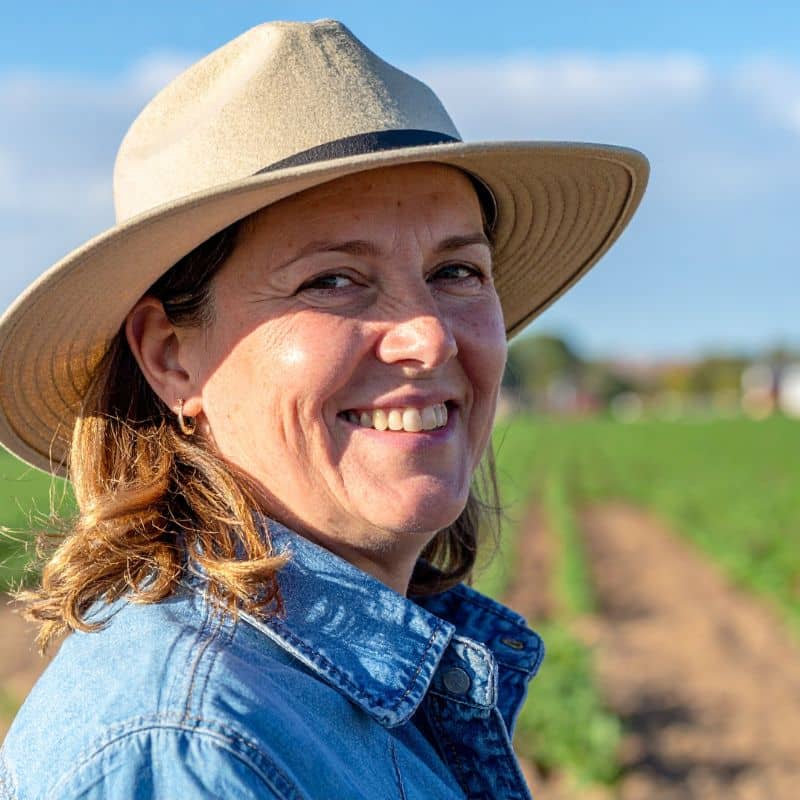
Co-Founder at Homesteading Simple | Horticulture & Sustainable Living Educator | 25 Years in Practical Homesteading

